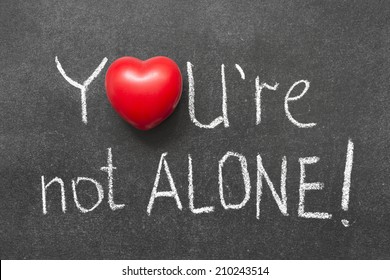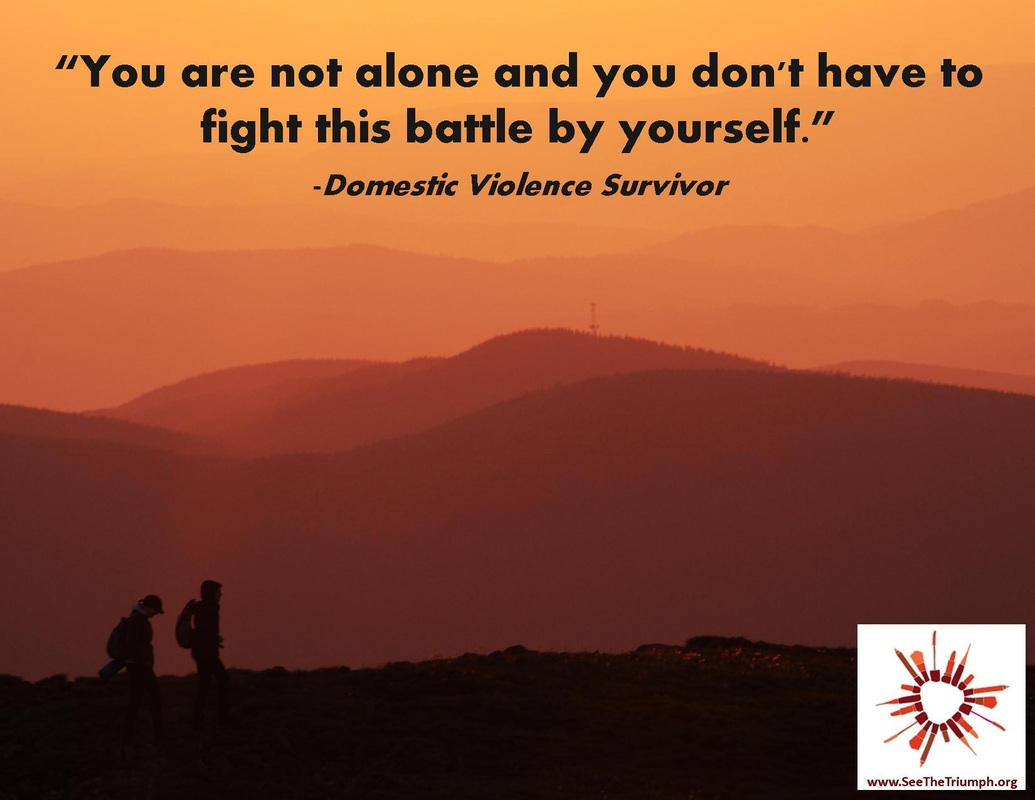
Our fear of judgment and rejection for the expression of the qualities and thoughts that make us unique and perhaps different from those around us. It can arise from feeling like we’ve not been given the opportunity (or have been too afraid) to express our truth, our authenticity. That aloneness – the emotional loneliness – can grow from feeling like we’re not really being seen for who we are or heard for how we feel. We can be surrounded by people much of our day and yet still feel lonely, deeply isolated and alone.


Emotional loneliness is much more challenging to resolve and requires our own effort to improve. Loneliness on the inside is an emotion rather than a physical state of being. How can you feel lonely even when you’re not alone? This one is trickier and more critical to our well-being. can often do the trick to break up longer periods of alone time.

seeking out shared offices, parent groups, clubs, hobbies, girls’ night out, book clubs, concerts, etc. Finding and creating opportunities to be with friends, family or in a work or social group environment- i.e. This is an easier form of loneliness to resolve because it can be alleviated by finding ways to get physically and socially closer to others. Some people are physically alone for many hours of the day due to various circumstances and a sense of loneliness can come from that aloneness. Loneliness can make us feel disconnected from others and sometimes even from ourselves. Loneliness can be at the root of other emotions that keep us from moving forward and living life fully, like sadness, depression, self-doubt, and unworthiness. Feelings of loneliness can affect anyone from children, to teens, to us fifty-somethings, straight on through to the elderly. The number of people who feel lonely (even when in the company of others) is epidemic.

We don’t have to be physically alone to feel lonely.


 0 kommentar(er)
0 kommentar(er)
